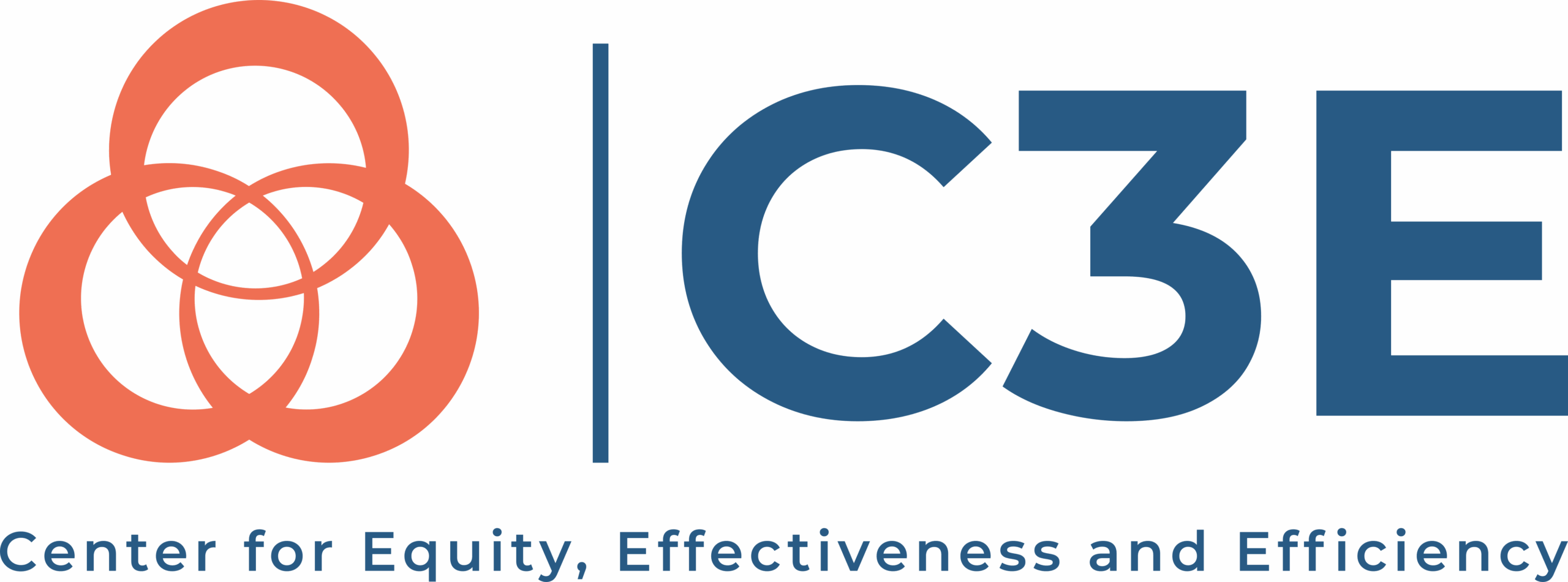Policy Analysis is the foundation of any equity-driven organizational change. This domain focuses on developing a shared understanding of how policies impact equity outcomes by conducting Equity Impact Analyses and identifying root causes of disparities. Leaders are guided to consistently apply an equity lens to policies, ensuring they address structural barriers for historically marginalized employees within their organizations.
CORE COMPETENCIES:
- Equity Impact Analysis – Evaluate how organizational policies affect different social identity groups, ensuring equitable outcomes.
- Data Disaggregation – Use disaggregated data (by race, gender, income, etc.) to identify disparities and track progress.
- Employee Engagement – Incorporate organizational feedback from those most impacted by inequities through empathy interviews, focus groups, and surveys.
- Root Cause Analysis – Identify systemic barriers that perpetuate disparities and address them through policy adjustments.
ESSENTIAL QUESTIONS:
- How do our policies currently contribute to organizational inequities?
- What disaggregated data do we use to assess the impact of our organizational policies?
- How do we ensure employee voices, especially from those most impacted, are integrated into policy design and evaluation?
- What adjustments can we make to remove barriers and increase inclusion and equity?

| AUTHOR OR INSTITUTION | TITLE | ONE SENTENCE DESCRIPTION |
| Aguilar, Elena | Why We Must All Be Equity Coaches | Elena Aguilar advocates for coaching for equity in education, emphasizing the moral mandate to ensure all children receive equitable resources and opportunities, driven by her personal commitment to transforming systemic inequities in schools. |
| Community Partnership for Healthy Children | We Did It Ourselves: An Evaluation Guidebook | The “Community Partnerships for Healthy Children” initiative by Sierra Health Foundation, evaluated by SRI International, provides comprehensive guidance on writing evaluation reports that summarize data analysis and findings to support collaborative decision-making and continuous improvement in community programs. |
| ICMA | Governing for Equity: Implementing an Equity Lens in Local Government | Local government managers are addressing social and racial inequity through the Governing for Equity Project, which highlights how cities and counties are actively implementing an equity lens in their operations to foster diversity and inclusiveness, as detailed in ICMA Research Fellow Benoy Jacob’s report. |
| Great Cities Institute | UIC Hardship Index Fact Sheet | The Chicago Community Area Economic Hardship Index is designed to assess economic hardship within Chicago’s community areas using a composite of six standardized indicators, including unemployment, education levels, and poverty, with higher scores reflecting more severe economic conditions; this index, calculated using American Community Survey data, provides detailed insights into economic disparities across the city. |
| James, D. | Budget Equity Assessment Tool: City of Portland | The City of Portland requires all bureaus to integrate the Budget Equity Tool within the Budget Formulation Management (BFM) platform for budget proposals, with the tool serving as a guide to assess and address equity impacts, aligning budget decisions with the City’s Racial Equity Goals and ensuring equitable outcomes across all communities. |
| Justice, K.R. | Applying the Racial Equity Tool Webinar | The “Governing for Racial Equity” online foundational training on, offers government employees an introduction to advancing racial equity by understanding their role, addressing structural racism, and applying equity analysis in their work. |
| Kirwan Institute | Kirwan Institute | The Kirwan Institute for the Study of Race and Ethnicity is an interdisciplinary research institute at The Ohio State University dedicated to advancing social justice, equity, and inclusion through research, engagement, and communication. |
| Management Library | Basics of Conducting Focus Groups | The Paseo, a process developed by Debbi Laidley and others for exploring identity, diversity, beliefs, and values, involves participants mapping their identities within a web diagram, followed by a structured dialogue in concentric circles to deepen understanding and connection among group members. |
| National Equity Project | Implicit Bias and Structural Racialization | Implicit bias is shaped by cultural influences and historical inequities, and while it operates unconsciously, it can be mitigated through intentional efforts to change our associations, behaviors, and the structures that perpetuate systemic racism. |
| National Equity Project | National Equity Project | The National Equity Project is a leadership and systems change organization focused on transforming experiences, outcomes, and life options for historically underserved children and families to build thriving, self-determining, and just communities. |
| National School Reform Faculty | NSRF Protocol Guide | NSRF protocols are structured tools designed to facilitate productive discussions and collaborative problem-solving in educational settings, helping educators achieve specific outcomes efficiently and effectively. |
| Othering and Belonging Institute | Transformative Research Toolkit | In any organization committed to equity, justice must be prioritized over the comfort of those resistant to change, as delaying action on systemic issues perpetuates inequities and marginalizes the voices of those most dedicated to equity. |
| Othering and Belonging Institute | Othering and Belonging Institute | The Othering & Belonging Institute at UC Berkeley conducts research, policy work, and strategic initiatives to address exclusion and inequality, aiming to build a world rooted in inclusion, fairness, and justice. |
| Travers, Jonathan | What Is Resource Equity? | Resource equity involves the strategic allocation and use of resources—people, time, and money—to create equitable student experiences that enable all children, regardless of race or income, to achieve rigorous learning outcomes, emphasizing that equity means providing the necessary resources to meet diverse student needs rather than equal distribution. |
| Race Forward | Organizing for Racial Equity within the Federal Government | A guide from the Government Alliance on Race and Equity (GARE) detailing strategies for federal agencies to institutionalize racial equity through structural change, capacity-building, and stakeholder engagement. |
NAVIGATE THE RESOURCE CENTER
ABOUT REDI
REDI COMPETENCY FRAMEWORK
POLICY ANALYSIS
PROCESS CHANGE
PROJECT MANAGEMENT
EMOTIONAL INTELLIGENCE

